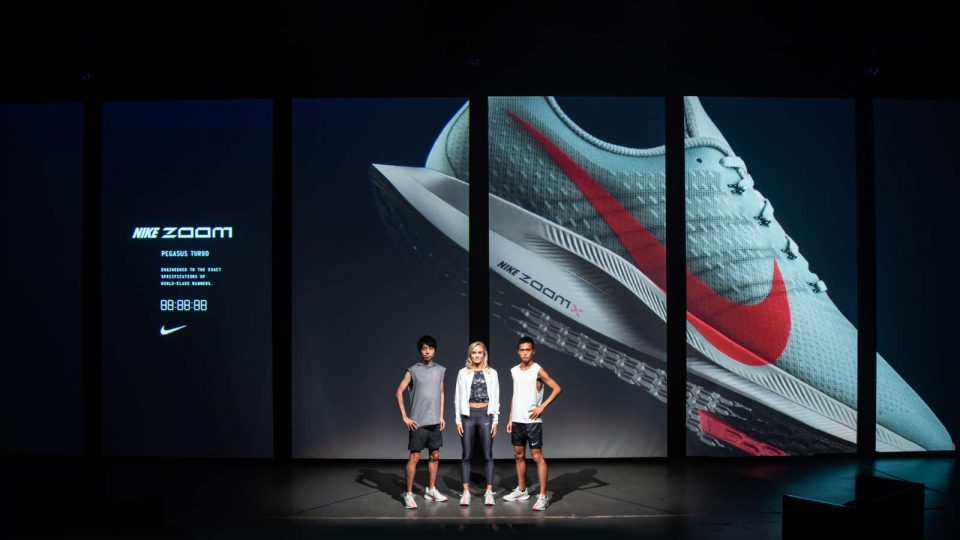Tokyo, a sprawling megalopolis of 9.2 million people, has always been at the forefront of creativity and technology. From meticulously designed origamis to Nurburgring record beating racing cars, the world has always looked up to this lively city for ideas to emulate.
In the world of shoes, it is also synonymous for its huge sneakers market; that if a brand can produce a product and succeed in Japan, then it will be good enough for the rest of the world. No wonder that Nike has chosen Tokyo for its most important global product launch yet; a first for the company known for its mission of “inspiration” and “innovation”.
On 11 July, a handful group of international media had the opportunity to witness the global launch of Nike Zoom Pegasus Turbo. From South East Asia, RunSociety had the privilege as the only mainstream media to cover this exclusive event. Zoom Pegasus Turbo’s launch has been widely anticipated in the rumour mills, following on the success of Pegasus 35 earlier in May, but the product details were sketchy.
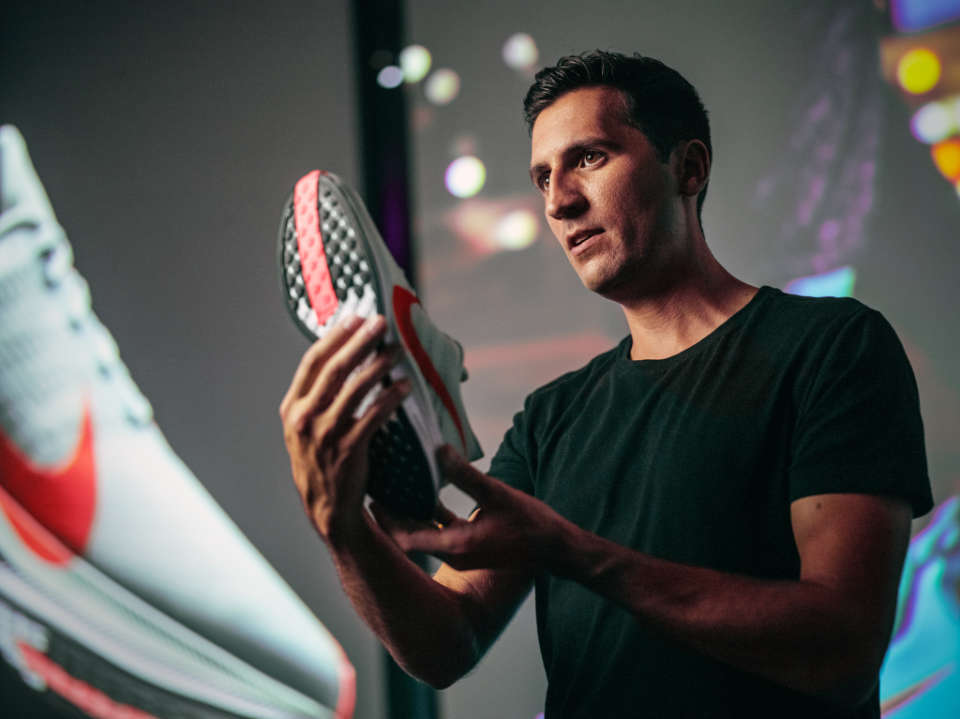
The Big Reveal
The media program began in the late afternoon with a surprise delivery of a matching Nike top and bottom, and the Pegasus 35. This new model felt right at home as it fits very snugly on me. Purposefully, wearing a Pegasus 35 to attend a Zoom Pegasus Turbo launch provided me with a base reference for comparison between the two.
At Toyosu PIT, a live events venue, members of the media were initially put in a holding area, before entering the main event venue, with a showcase display of the the actual pair of Zoom Vaporfly Elite shoes worn by Eliud Kipchoge in the “Breaking2” attempt.
Then brand ambassadors Shalane Flanagan, Suguru Osako and Yuta Shitara came on stage. At this point, it was clear that the Pegasus Turbo is being positioned as shoes fit for marathon distance running. While Kipchoge inspired us with his 2:00:25 hours marathon feat, Flanagan is the reigning women’s champion of the New York Marathon. Osako was last year’s third position finisher of the Boston Marathon, and Shitara was this year’s second placed finisher in the Tokyo Marathon.
Specifically, the Nike Zoom Pegasus Turbo is positioned as the cushioned long distance trainer, to be complemented by the Zoom Fly or Zoom Vaporfly 4% on race days.
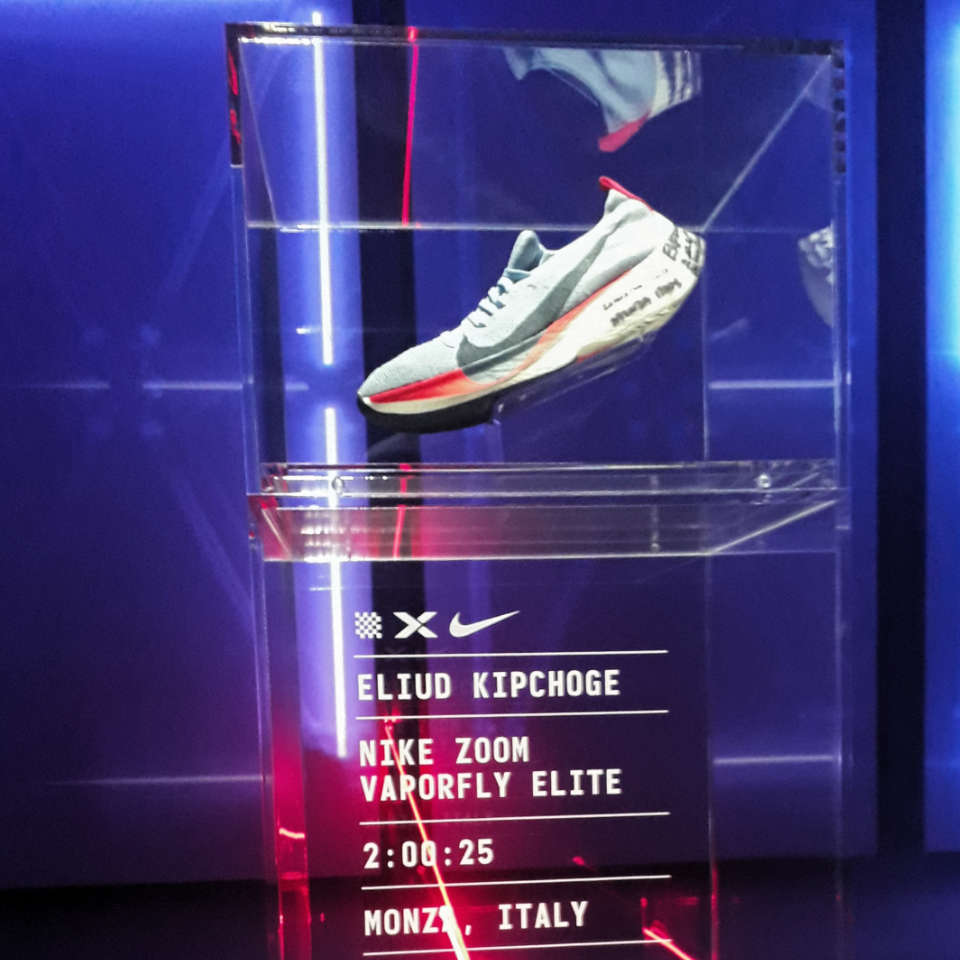
Nike Zoom Pegasus Turbo At A Glance
A thick racing stripe runs down the center from the top of the tongue to below the forefoot. The upper features a seamless translucent mesh (which shows off the Flywire cables that integrate with the laces to provide the lockdown you want).
Small waffle pistons in the rubber outsole help absorb impact and provide multi-surface traction. The 10 -mm offset and 12-mm forefoot stack height are designed to help runners store more energy, which can provide greater energy return, while the heel collar is engineered to curve away from the Achilles tendon to avoid rubbing or irritating the sensitive spot.
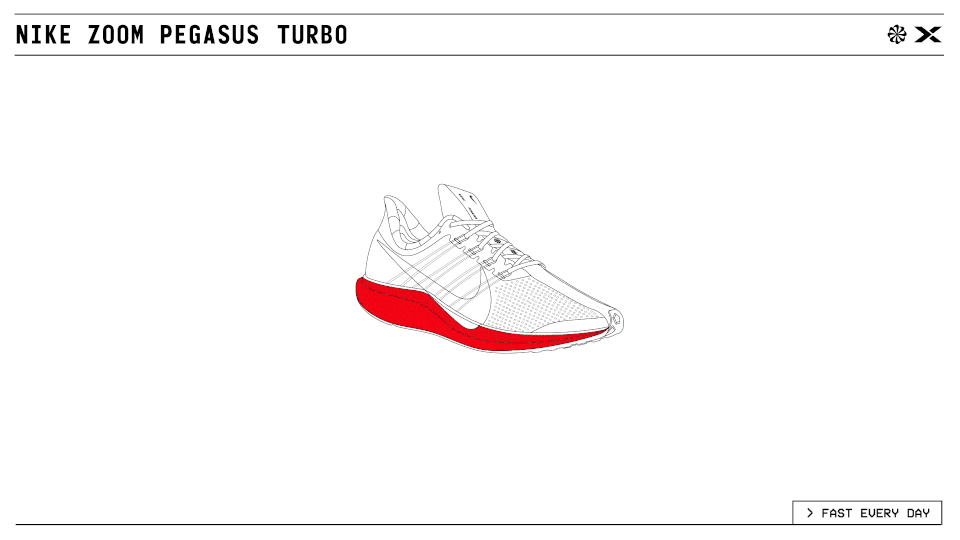
ZoomX Midsole:
- It delivers 85 percent energy return — the greatest of any Nike foam.
- It’s also Nike’s lightest foam (a single men’s size 10 shoe weighs in at 8.4 oz while a women’s 8 is 6.9 oz).
- It’s currently used in three silhouettes: the aforementioned Zoom Vaporfly Elite (which was worn by Breaking2 athletes) and Zoom Vaporfly 4% and now the Zoom Pegasus Turbo.
Underfoot, the ZoomX foam is complimented by a layer of Nike React foam (added to enhance durability and stability).
Beyond presentation formalities, the real excitement began when members of the media were presented with the new Zoom Pegasus Turbos.
As initial impressions, the shoes looked good, and the thick stripe in the middle reminded of racing car, reminiscent of the Ford GTs with similar liveries. Additionally, the shoes seemed a bit roomy – by my familiarity with Nike standards – especially for the toe box. Brett Holts, Vice President of Nike Running Footwear, confirmed this roomy design was to accommodate feet expansion during long runs.
I then had a go at a non-motorised treadmill to have a taster of the marathon pace set by the Kipchoge and the other ambassadors. Needless to say, I could barely keep up with their pace for a mere thirty seconds, and ended the test with a badly bruised ego.
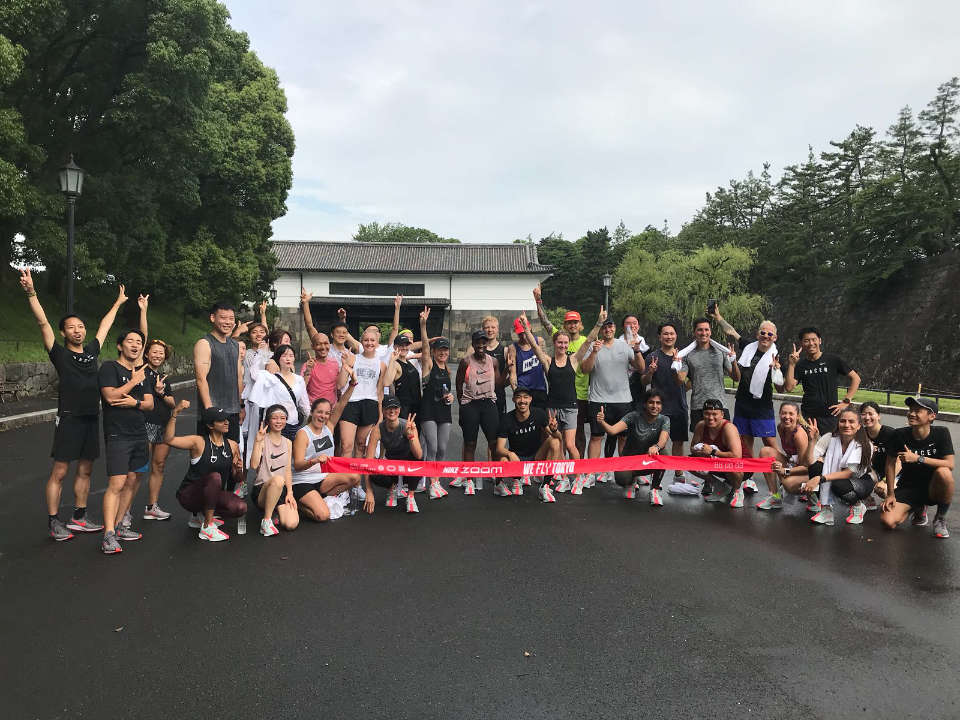
Running In Tokyo
As night fell, members of the media were whisked across the road to Brillia stadium, a 60-meter indoor track lighted with laser light themes for the night. A short warm up was then followed by a 2-mile trial run along the river, overlooking the famous Rainbow Bridge, where the towers supporting the bridge were in white, while the wires supporting the bridge were illuminated in red, white and green. The shoes felt fast and comfortable, and did not feel like it needed a proper break in for long runs.
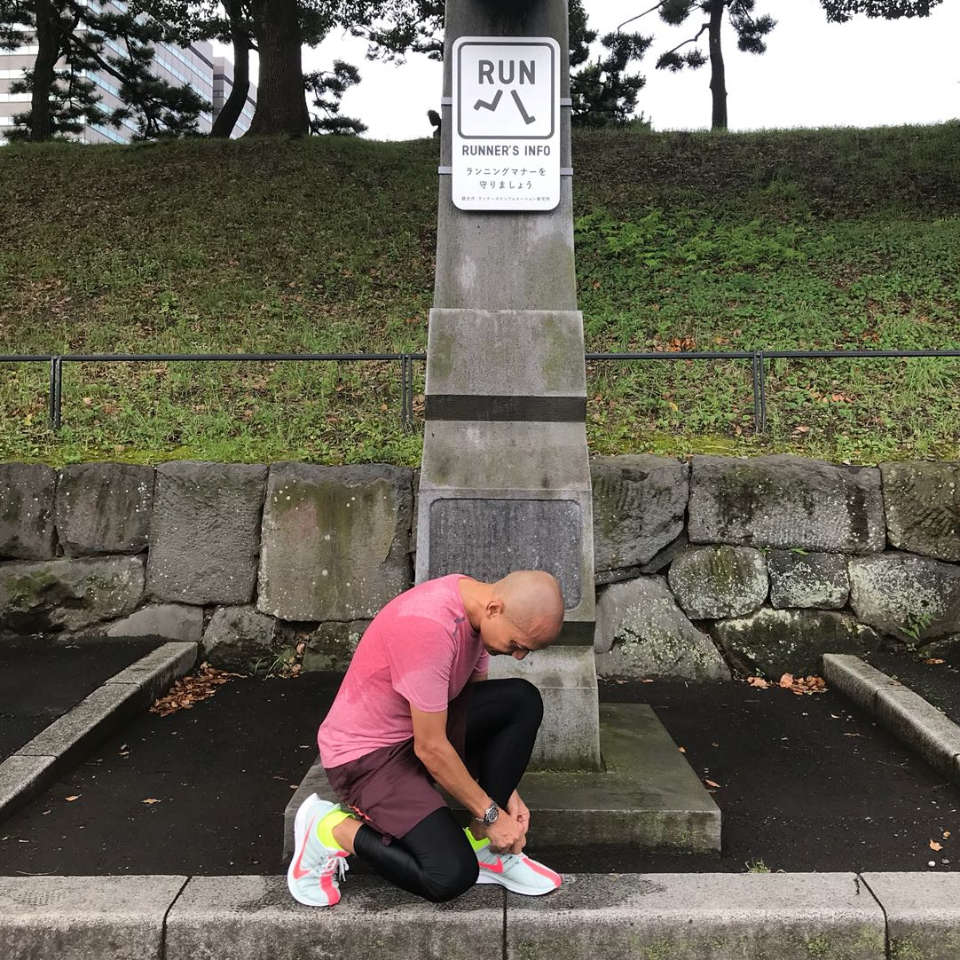
The following morning, we were treated to a marginally longer 5-kilometre run at the Tokyo Imperial Palace. A very scenic route indeed, generally flat save for a stretch of uphill and downhill segments. The shoes felt readily capable for longer distances, and I itch to provide a more comprehensive review soon.
With this Zoom Pegasus Turbo, Nike has strategically plugged in gaps in its product line up for discerning runners. The Air Zoom Pegasus has always been the iconic all-round distance shoes; in particular, Pegasus 35 with its improved cushioning. More advanced runners may then turn to the Zoom Fly or Zoom Vaporfly 4% for race day use. However, consider yourself extremely lucky if you can get your hands on the elusive Vaporfly 4%.
If you love long distance running, want to run faster, use less energy and recover quicker, then Nike Zoom Pegasus Turbo may be the shoes for you. Even then, do not procrastinate when they become available on 2 August as distribution will be limited to Nike Paragon (Singapore), JD Pavilion (Malaysia) and Nike SQ1 and CRC Supersports Central World (Thailand) and Nike.com at launch.
Stay tuned for a review of the Pegasus Turbo coming up soon.



